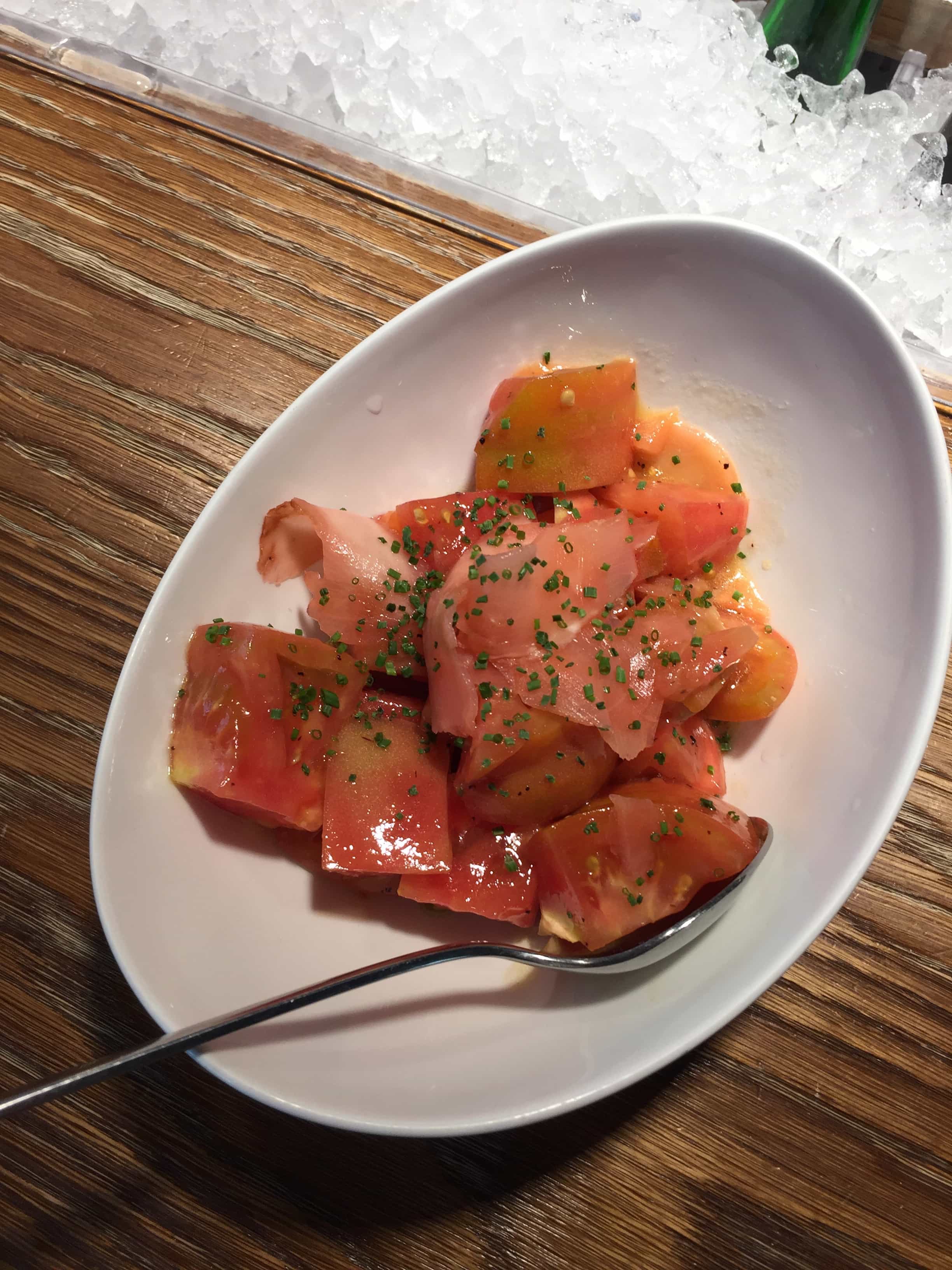
Science Vs. The Kitchen to Answer That Question.
I’m sure you’ve heard it before – “If it has a seed, it’s a fruit.” But is it really that definitive? Actually, it’s not. Here is the breakdown about what’s a fruit and what’s a vegetable:
Technically fruits. Culinarily a savory vegetable.
Fruits are defined as anything with a seed. Apples, watermelons, tomatoes, and squash all have seeds. So scientifically and technically these are fruits.
Vegetables are defined as plant parts like roots, leaves, or stems. Potatoes, beets, radishes, spinach, lettuce, celery, and broccoli are all clearly vegetables.
The confusion arrives when using a technical fruit as a vegetable in a savory manner.
In 1893, the U.S. Supreme Court ruled unanimously that an imported tomato should be taxed as a vegetable rather than as a less taxed fruit. While it is a botanical fruit, they decided with the ordinary definition that a tomato is used in a savory context in the kitchen.
Hence, along with professional chefs, you can rightfully call a fruit a vegetable if you use it in the culinary world as a side dish or main course.
Fruits that can Culinarily be Labeled as Vegetables
Here is a list of what are technically and scientifically fruits because their contain seeds, yet because they are used in a savory side dish or main course, they are culinarily considered vegetables:
- tomatoes
- peppers
- squash
- cucumbers
- zucchini
- eggplant
- peas
- string beans
- okra
- olives
- avocados
- corn
- beans
- chickpeas
Disclaimer: This article contains affiliate links. With no additional cost to you, your purchases earn me a commission if you click on the links via my website – Thank you!
Sign up for my newsletter on the sidebar for blog updates and my travel insider tips! And, check out my vlogs on YouTube!


